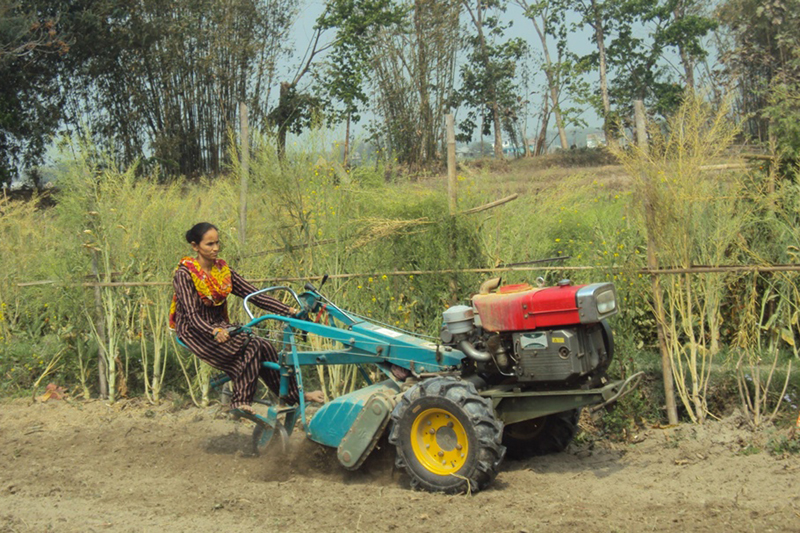‘SAsia needs to relook its agro practices’
Kathmandu, March 23
Participants at a two-day workshop on validating the findings of ‘Strengthening the Role of SAARC in the Sustainable Intensification of Agriculture in South Asia’ project today highlighted the need to adopt a technologically efficient farming system to meet food production requirements of the region.
“Despite exemplary economic progress, South Asia is still one of the poorest regions and home to a huge malnourished population and also one of the most vulnerable to the impacts of climate change,” MJH Jabed, director of Agriculture and Rural Development Division, SAARC Secretariat, said. “The region, thus, needs to relook its prevalent agriculture practices so that the farmers can boost production on the limited land area while causing minimum damage to the environment.”
The project is run in joint collaboration of International Fund for Agricultural Development (IFAD), South Asian Association for Regional Cooperation (SAARC) Secretariat, the SAARC Technical Committee on Agricultural and Rural Development (TC-ARD), SAARC Agricultural Centre and South Asia Watch on Trade, Economics and Environment (SAWTEE) in the region.
The team had carried out a study to identify the thematic areas for long-term cooperation among relevant stakeholders on sustainable intensification of agriculture in South Asia and to contribute in preparation of a SAARC Partnership Action Plan (2017-25).
Member Secretary of National Planning Commission (NPC), Chandra Kumar Ghimire, pointed out the instrumental role of SAARC in implementation of policies promoting sustainable intensification of agriculture.
“SAARC could be instrumental as it can support agriculture research, which promotes faster, cheaper and more reliable technology,” Ghimire said. As per him, cooperation effort among SAARC nations can trigger new rounds of common agenda and action plan even at the political level.
On the occasion, Posh Raj Pandey, executive chairman of SAWTEE, highlighted the challenges facing South Asia in terms of agriculture and food security, especially those related to nutrition security.
“As South Asia will be using 94 per cent of its arable land by 2030, the already existing water scarcity for irrigation in the region means these countries need to adopt sustainable agriculture practices with less land while ensuring minimum exhaustion of the environment,” Pandey said.
Fabrizio Bresciani, regional economist at IFAD-Asia and the Pacific, insisted on the need for a paradigm shift with regards to technological and management practices and making them accessible at the local level.
Likewise, Hari Dahal, former agriculture secretary, opined that in the modern times, agriculture is both the victim and the cause of climate change. He suggested adopting practices of crop diversification, integrated pest management and participatory irrigation management as some of many ways to adopt sustainable intensification of agriculture practice in South Asia.






